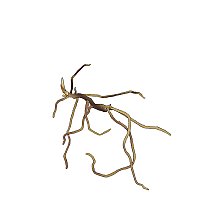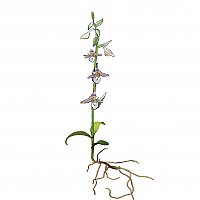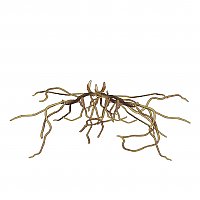Epipactis
These orchids are some of the most tolerant and most vigorous of the perennial variety.
Growth Phase
The young Epipactis shoots are visible at the beginning of spring while the flowering extends from the end of spring until the first half of summer (June, July). Approximately two months after the flowering, the foliage fades then disappears completely with the arrival of winter. When the leaves have completely faded, the stems can be cut, preserving a height of 5cm.
Highly proliferative, these orchids will quickly form colonies of several hundred feet following the successive growth and dormancy cycles.
Winter Dormancy
During the winter, the plant persists in rhizome form and develops new shoots in the spring. Epipactis are the very cold-resistant and do not require any special protection in winter.
Planting
Epipactis tolerate many conditions. We recommend a light and well-aired soil. You can air your soil by means of some compost for hardy perennials.
For an optimal result, add 20% of lava stone (vulca) in order to maintain good moisture in summer and to ensure good drainage in winter.
The majority of the species are particularly fond of wet areas and can be cultivated at the banks of ponds or bodies of water.
Exposure
Epipactis can be planted in full sunlight on condition that the substrate is prevented from becoming dry in summer. A more shaded exposure is also possible but the flowering would then be less spectacular.
Fertilisation and Pesticide Treatments
Fertilise your Epipactis by means of some slow-release manure such as Osmocote TM. This can be applied in the spring when the germs start to emerge from the soil.
If necessary, protect the tender young shoots against slugs, during their emergence in the spring.



